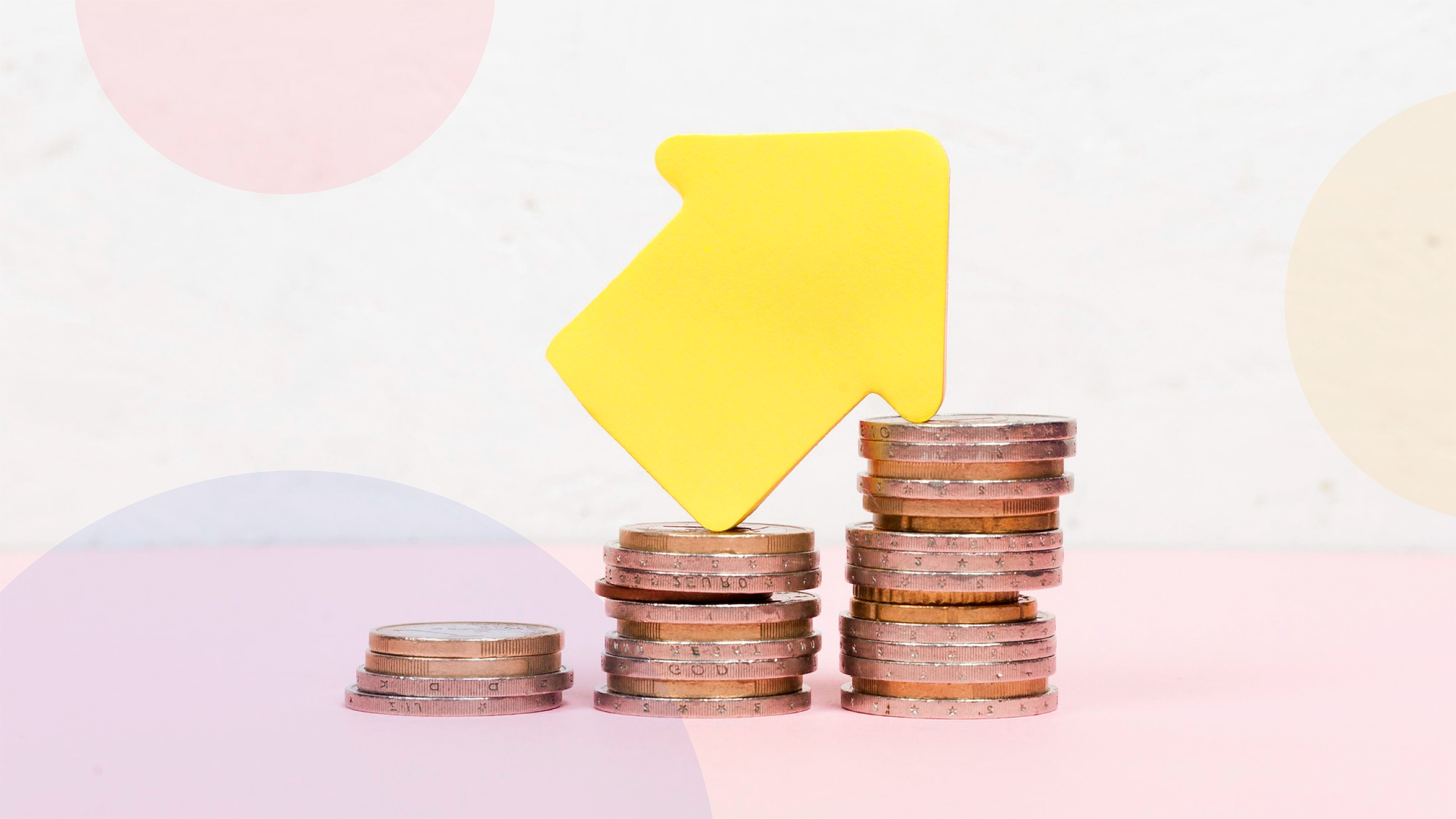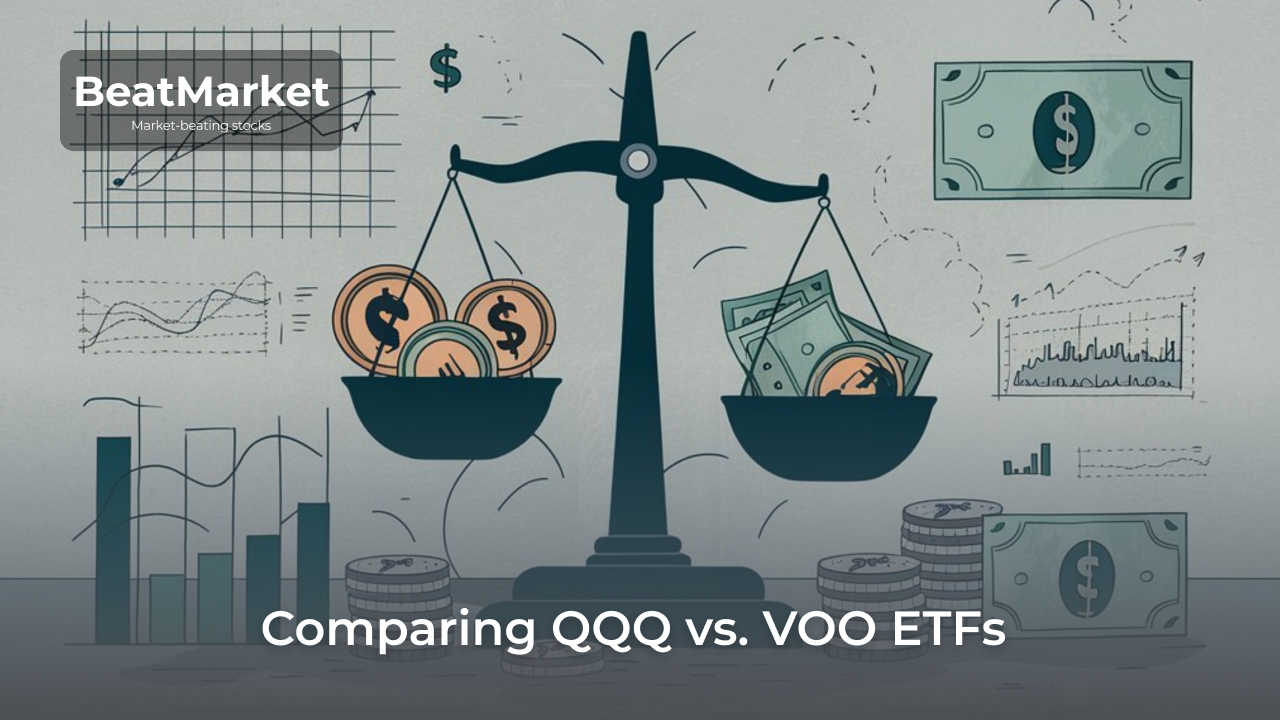Capital stock represents one of the components of a company’s equity capital. It is composed of ordinary and preference stocks. The organization of a business in the form of a joint-stock company and subsequent listing on the stock exchange is a popular way of raising funds for development.
We will tell you about where to find the capital stock in the financial statements and what formula is used to calculate it. We will also discuss other important issues relevant to this issue for the beginning investor.
Table of Contents
Key Takeaways
Basic facts you need to know about the capital stock:
- Capital stock is made up of the par value of all the stock that a company can issue.
- The business uses the funds received from the sale of stocks for development. This method of raising finance is cheaper than borrowing.
- The maximum possible number of shares is specified in the corporate charter of a joint-stock company. The actual number of shares issued is normally smaller. The company can change the number of shares in circulation through an additional issue, buy-back, split or consolidation.
- Investing in stocks is proper for all people who are looking for returns that exceed inflation.
What do you mean by Capital Stock: Definition and Usage for Investment Goals
Capital stock is the total amount of funds received by a company through the issuance of stock. Its amount can be found in the balance sheet.
The purpose of raising funds in this way is to finance business development avoiding the build-up of debt and interest expenses for servicing loans. The most popular option is to sell stocks for cash. But securities can also be “paid for” with other assets, such as equipment.
Stock does not have to be issued overnight. A company may issue additional shares when it needs to raise money again in the future. But this is usually viewed negatively by shareholders, as it reduces their share.
An important concept related to the authorized capital is the nominal value. For a common stock, it is an arbitrary price assigned at the time of issue. It has no connection with the offering price and subsequent fluctuations in quotations.
The par value of common stock is rarely more than $1. It can be as low as $0.01 or as low as a fraction of a cent. This parameter plays the main role in balance sheet preparation. Therefore, the funds raised through the placement of stocks are divided into paid in capital and additional paid in capital.
For a preferred stock, the nominal value is of key importance. Most often this value is assumed to be equal to the initial offering price. More importantly, it is the basis for calculating the amount of dividends. However, the par value is still not equal to the market price at which the stock is sold on the stock exchange.
The main reason why investors are interested in buying stocks is to receive income from business growth. It can be expressed both in the increase of quotations and in a stable dividend flow.
Types of capital stock
There are 5 types of stocks that can be mentioned when discussing a joint stock company:
- Authorized stock is the total of all stocks that a company may issue under its articles of association.
- Issued stock is the portion of stock that has already been sold to shareholders. This amount is usually less than the authorized amount, at most equal to it, but cannot be more.
- Unissued stock is the difference between the number of authorized and issued stocks.
- Outstanding shares (currently outstanding) are the proportion of securities owned by investors.
- Treasury shares are stocks that have been repurchased by the company from shareholders. They are held on the issuer’s accounts. No one receives dividends or votes on them at meetings.
All listed types of stocks can be both ordinary and preferred. The difference between the latter is that they provide the owner with no voting rights. However, their holders get advantages in dividend distribution.
Capital stock is the total of ordinary and preferred stocks. Treasury shares are excluded from the calculation. When the company has not conducted a buy-back procedure, it has no treasury stock, and the number of issued and outstanding shares is the same.
Capital Stock Formula
As follows from the capital stock definition, it can be calculated by multiplying the par value of the stock by the number of stocks. In the simplest case (when the company has only one class of stock), only 2 values are needed to make the calculation.
When a company possesses stocks of several classes, the calculation of the capital stock issued is more complicated. It is necessary to take into account not the total number of issued securities, but with division into all existing classes. The reason for this is that the par value may differ.
Advantages and Disadvantages of capital stock
The issuing capital stocks (as well as the decision to issue additional stock) has its advantages and disadvantages in terms of business. These are summarized in the table below.
| Advantages | Disadvantages |
| Capital stock is not required to be repaid | The issuing of new stock reduces the share of return received by investors per 1 security |
| It is cheaper to raise capital through a stock offering than to service debt | Owners of the company are at risk of losing control of the company |
| Unlike targeted loans, there are no restrictions on the use of capital stock | Public companies are subject to strict requirements (when it comes to stock sell through an exchange listing) |
For an investor, putting money into stocks rather than other asset classes also brings a number of benefits:
- high potential capital growth, allowing you to outpace inflation, i.e. to preserve and increase the purchasing power of your money;
- cash flow in the form of dividends, which will increase over time.
Both types of gains are taxable income. Depending on how long the investor has owned the stock, it can be considered as short-term or long-term income.
The main disadvantage is that these benefits are not guaranteed. When an investor mistakes in choosing a company, at best the investor will not make a profit, and at worst – lose all the money invested.
What is an example of a capital stock?
As an example, company N, according to its charter, may have 1 billion stocks with a par value of $1 each. In this case, its capital stock will be $1bn (1bn x $1).
When the company floats 1 billion stocks on the stock exchange at $20 each, it will raise $20 billion. In this case, it will raise $20 billion by selling its capital stock:
- $1bn – paid in capital;
- $19bn – additional paid in capital.
Another example, company X has released:
- 1 billion common stocks with par value of $0.1 each;
- 100 thousand preferred stocks with par value of $100 each.
In this case, its capital stock will be calculated as follows:
1 billion x 0.1 + 100 thousand x 100 = 110 million
What is capital stock in the balance sheet?
In the company’s financial documents, the capital stock is shown as the value of the stock held by investors. Below is a table from Apple’s report.
| Shareholders’ equity: | ||
| Common stock and additional paid-in capital, $0,00001 par value: 50,400,000 shares authorized; 15,723,406 and 15,943,425 shares issued and outstanding, respectively | 69,568 | 64,849 |
| Retained earnings/(Accumulated deficit) | 4,336 | (3,068) |
| Accumulated other comprehensive income/(loss) | (11,746) | (11,109) |
| Total shareholders’ equity | 62,158 | 50,672 |
| Total liabilities and shareholders’ equity | $ 332,160 | $ 352,755 |
FAQ
How long should I keep my stocks to benefit from long-term gains?
For income received on the sale of stock to be treated as long-term capital gain, the stock must be held for more than one year.
In order for dividends to qualify and be treated as long-term capital gains, several conditions must be met. One of them is the length of time the stock has been held. This is 60 days for common stocks and 90 days for preferred stocks.
What are some beginner-friendly ways to minimize or avoid capital gains tax?
Tax rates can be reduced by treating the income as long-term profit. There are 2 ways to avoid capital gains tax. The first is to use tax-advantaged accounts. For example, a Roth IRA. The second is to reduce the tax base by locking in a loss of an identical amount.
How can capital stock help achieve my long-term investment goals?
Statistics show that common stocks of US companies are one of the few financial assets that can help outpace inflation. (We are talking about the broad market, the profitability of each individual company is not guaranteed). By investing in such securities, a person not only saves money, but also multiplies it.
How does the dividend payout for capital stock typically compare with other securities?
Unlike interest on bonds, dividends on common stock are optional payments. The company can reduce their amount at any time, waive them completely in a difficult financial period or may refuse to pay them at all, channeling all the money into business development.
Dividends on preferred stocks in many respects resemble coupon payments on bonds. Their amount is known in advance. And refusing to pay them may be fraught with negative consequences for the company.
Can capital stock be a hedge against market volatility?
In general, stocks are considered to be a highly volatile instrument. But there are so-called defensive companies. You can find them by their beta coefficient, the value of which is less than 1. It means that their quotations change slower than the broad market. The S&P 500 is usually used as a benchmark.







